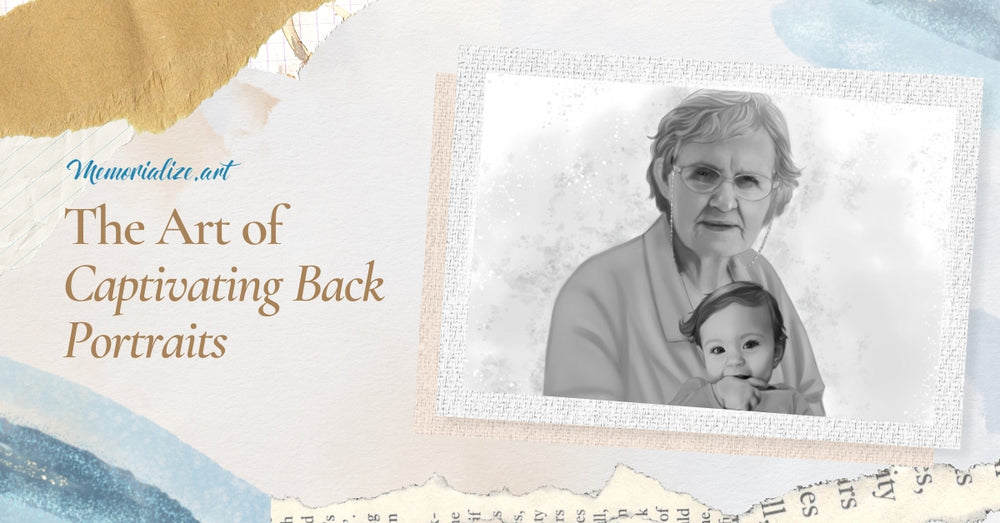The Art of Captivating Back Portraits


Photo by Tomé Louro from Pexels
When you look at a picture of a person, you often look at the face first. If the person's face is interesting, the picture will be, too. However, when you can't see the face, it makes the person more anonymous, which can give the picture a more universal appeal. This means that back portraits aren't only about the subject portrayed but about anyone who has those features. Stories behind portraits provide a layer of interest to the piece.
What are Back Portraits?
Photographs taken from behind are referred to as back portraits. They are the kind of photos that make you want to find answers to questions that don't have answers, and some of them catch their subjects in the most private moments. A picture of their back can raise more questions than it answers. When that happens, it's worth paying attention to even the smallest of details as you try to figure out who someone is and why they're doing what they're doing.
Why Should You Capture Back Portraits?

When you photograph someone from behind or take a back portrait, you are making an image that shows a kind of double vision—that of the photographer and that of the person whose face you can't see. When you look at the picture, you can picture how this scene looked from her point of view.
Step-by-Step Guide to Capturing Back Portraits
Know Your Equipment
Pick the Right Subject
Frame Your Shot
Include the Surrounding Set
Select Your Lighting
Tips & Tricks on Enhancing Your Back Portrait Photos
Pick The Perfect Background
Use Color For Mood
Use A Flattering Focal Length
Get a Personalized Portrait from Memorialize Art
Memorialize Art is a fantastic option for anyone looking to commemorate a loved one, celebrate a special occasion, or simply add a unique and meaningful piece of art to their collection. Our personalized portraits are expertly crafted, capturing the essence of the subject in a way that is both beautiful and moving. With a range of styles and options to choose from, you're sure to find a portrait that speaks to you and fits your needs. So if you're looking for a truly special and meaningful work of art, be sure to consider Memorialize Art for your next project.
Get that Perfect Back Portrait at Memorialize Art

Now that you know some professional photography secrets, share those gorgeous photos. Create an online photography portfolio to showcase your work like a pro, or if you're interested in making perfect back portraits, Memorialize Art can help you create striking canvases of your subjects' backs. Incorporate that fascinating piece of artwork into the ambiance of your home.










